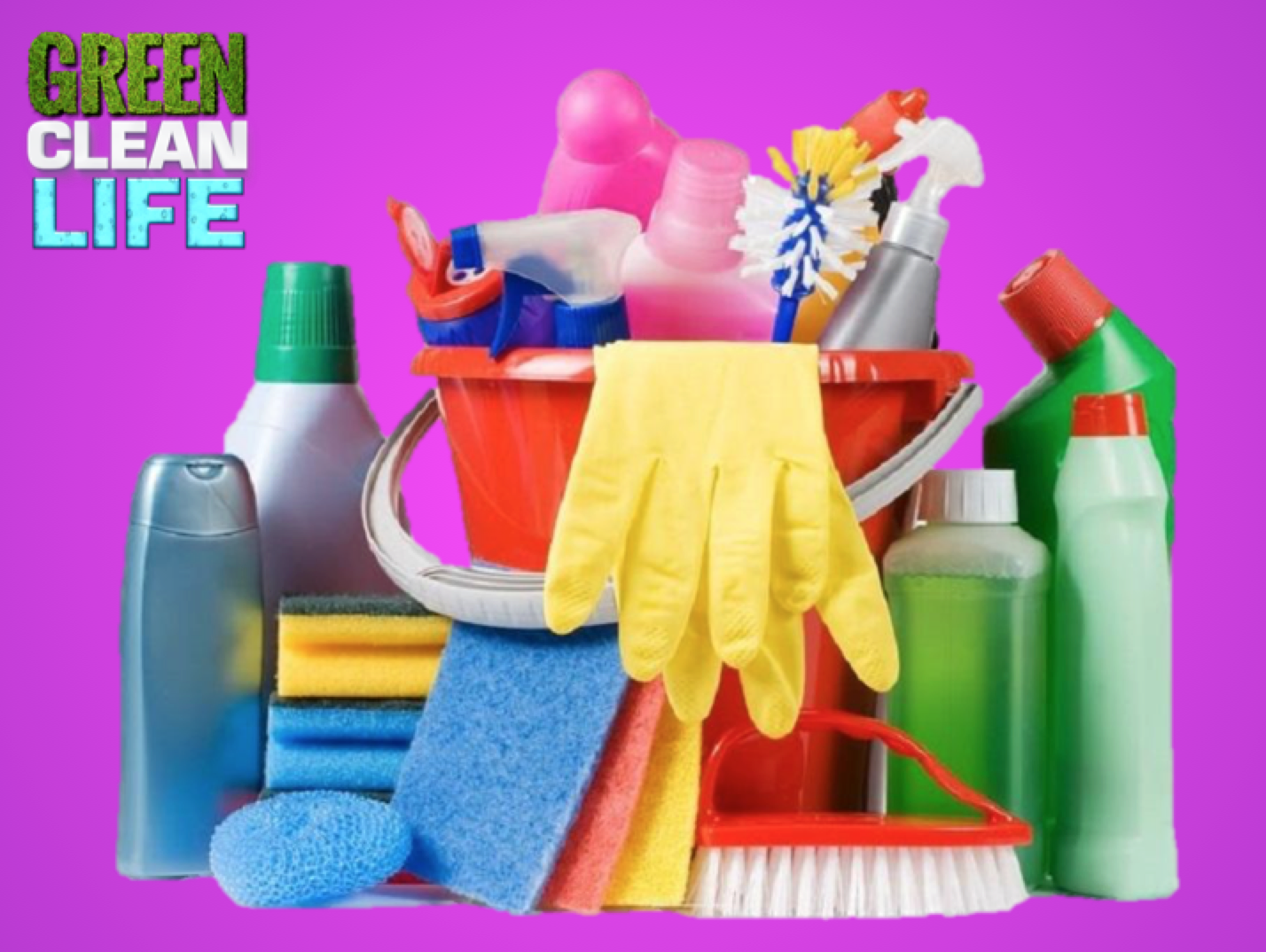Everyone uses disinfectant cleaners in the home. But have you checked the ingredients? First, you can’t
pronounce them. Then, you have few clues as to what most of them are. If you are at all concerned
about the health and safety of your family, you need to pay attention.
Cleaning products contain chemicals that cause asthma, lung inflammation, asthma-like symptoms and
other respiratory problems. They also contain endocrine disrupting chemicals. Plus, many of the
ingredients in cleaning products evaporate easily, polluting your indoor air.
Most of the time, however, you don't really know the specific chemicals in your cleaners. That's because
manufacturers aren't required to list the ingredients on the labels. Sometimes they'll list vague
categories like surfactants and fragrance that could be any of hundreds of different chemicals.
Most of what is known about the chemicals in cleaning products comes from researchers. For example,
a 2014 study found 132 chemicals in the 105 cleaning products that were tested. The main groups of
chemicals that were identified in the cleaners included fragrance, glycol ethers, surfactants and
disinfectants.
Each of these chemical groups exposes you to toxins when you inhale them while you’re cleaning your
home and for hours afterwards. They can also enter your body through your skin. Is this crazy or what? Here are a few, but not all, of the chemicals to look out for:
Ammonia
Vapors may irritate the skin, eyes, throat, and lungs. People with asthma may be particularly sensitive to
the effects of breathing ammonia. Ammonia may also cause kidney and liver damage. If ammonia is
mixed with products containing chlorine bleach (sodium hypochlorite), highly poisonous chloramine gas
is formed.
Coal tar dyes
Derived from petrochemicals and may be contaminated with trace amounts of heavy metals like arsenic,
cadmium and lead. There is concern that synthetic dyes may cause cancer and that heavy metals can
harm the nervous system and cause other adverse health effects. They are completely unnecessary to
the cleaning function of the product.
Phosphates
Function as a fertilizer in water. High concentrations of phosphates in bodies of water can promote
harmful algal blooms and increase weed growth. New regulations took effect in 2010 that limit
phosphorus concentration in household cleaning products to 0.5 per cent — a big improvement.
Phthalates
They are found in many fragranced household products, such as air fresheners, dish soap, even toilet
paper. Because of proprietary laws, companies don’t have to disclose what’s in their scents. Phthalates
are known endocrine disruptors. Men with higher phthalate compounds in their blood had
correspondingly reduced sperm counts, according to a 2003 study conducted by researchers from the
Centers for Disease Control and Prevention and the Harvard School of Public Health.
This is not a complete list, so beware. One great way to avoid chemicals and other toxic substances in
your home is to use a clean, green, non-toxic cleaner. One such is a product called Sol-U- Guard, a
disinfectant made by an American green manufacturing company. This product has citric acid and
thyme oil as active ingredients, which are both safe and pure.

